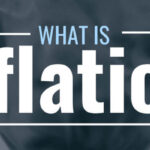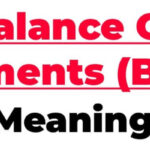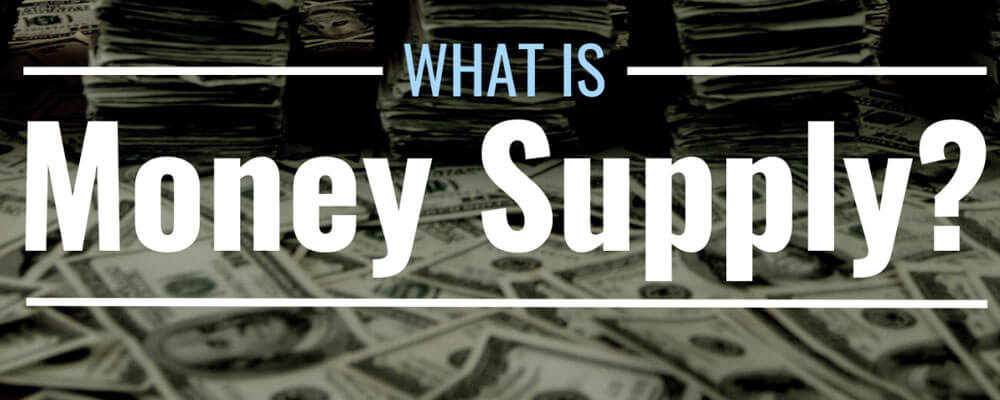Paper money is a type of currency that is printed on paper or other materials and is used as a medium of exchange.
It is usually issued by governments and backed by the government’s promise to redeem it for value, also known as fiat currency, and it is the most widely used form of currency in the world.
Table of Contents
ToggleHistory of Paper Money
The history of paper money is a long and varied one, but several key steps led to the modern-day version being as we know it.
See Also: What is Money | Functions of Money | Importance of Money
In antiquity, money was created as a way to trade, and over time, it became more efficient to use thanks to different types of paper currency.
The first paper money was created in 1795 when Josefinto New York’s 1st Dollar was Unit Stock Code (N/A). It was the first time that a physical form of currency was used in a transaction.
New York was the first U.S. state to use paper money, and it was only until the late 1800s that states started using paper cash bullets as part of their financial systems.
In 1792, the French Republic created the first paper money, the so-called ” NXW” (New York dollar).
This was the first time that a physical form of currency was used in a transaction, and it took up about one-third of the total number of paper money.
Types of Paper Money
-
Federal Reserve Notes
These are the most used in the United States. They are printed by the United States government and are backed by the full faith and credit of the United States government.
-
S. Currency
This is issued by the U.S. Treasury and is also backed by the full faith and credit of the United States government.
U.S. currency is typically used for large transactions and is available in denominations of $1, $5, $10, $20, $50, and $100.
-
Euro Notes
The euro is the currency of the European Union and is used in 19 of the 28 member countries. Euro notes are available in denominations of €5, €10, €20, €50, €100, €200, and €500.
-
Commemorative Banknotes
These are special edition notes that commemorate a particular event or person. They are not typically used in everyday transactions, but they can be collected as a hobby.
-
Foreign Currency
Foreign currency notes are issued by governments outside of the United States and are available in many different denominations.
See Also: What is Personal Loan Balance Transfer
Advantages of Paper Money
-
Convenience
It makes it easier to conduct transactions, as it is easier to carry and store than coins. It can also be used to buy small items without having to worry about finding the exact amount of change.
-
Security
This is a secure form of payment since it is difficult to counterfeit. It is also not as vulnerable to theft as coins, since it cannot be easily detected or stolen.
-
Record Keeping
This is easier to keep track of since it is easier to organize and record transactions than with coins.
-
Easier to Count
This is easier to count than coins, which makes it easier to track the amount of money spent or received.
-
Acceptability
It is accepted almost everywhere, which makes it an easy and convenient form of payment.
Disadvantages of Paper Money
- It can be easily counterfeited.
- It is more expensive for governments to print and distribute.
- It can be damaged or destroyed more easily than coins.
- It is less secure than other forms of payment such as credit cards or digital currency.
- It can be inconvenient to carry large amounts of cash.
- It can be difficult to divide and exchange small amounts of money.
- It can be a target for criminals and thieves.
Conclusion
Paper money concludes that it is a physical representation of an offer or request for payment and that it is used to represent human behavior on the open market.
See Also: Difference between Promissory Note and Bill of Exchange
Paper money is often found in markets or inside markets, and it can be used to buy goods and services. Paper money is also used to represent human behavior in ballots, as well as in another digital form.










